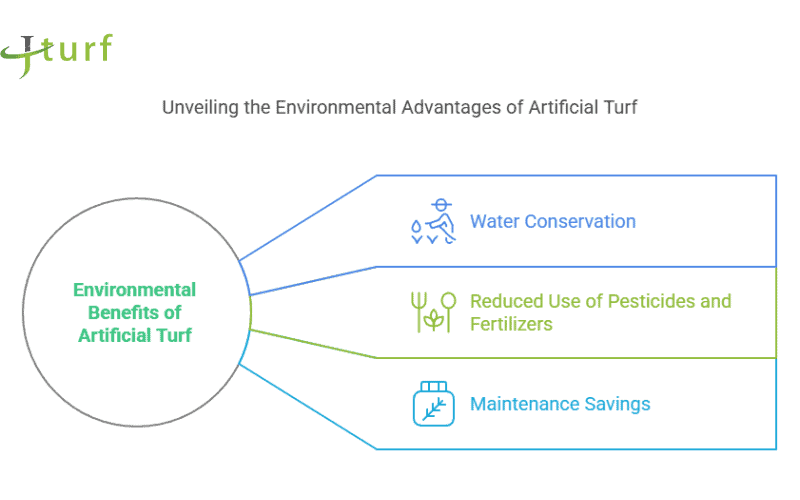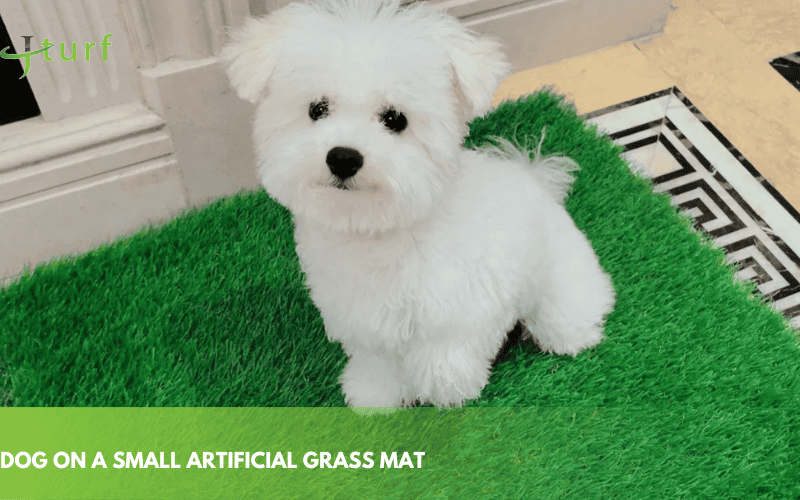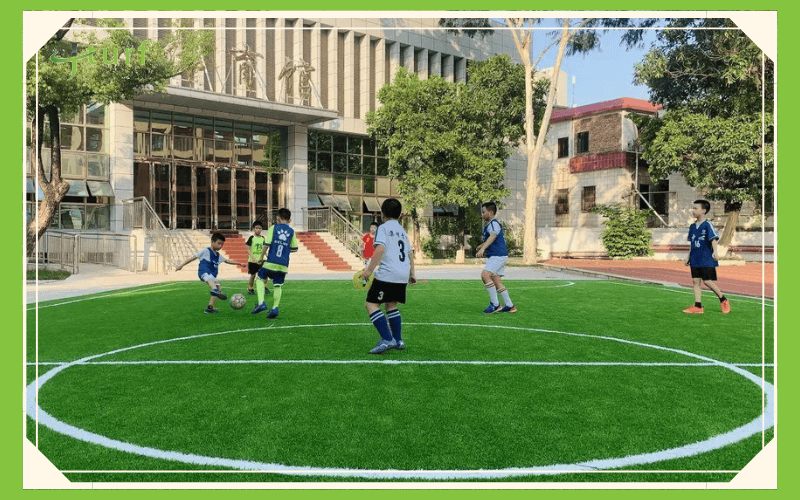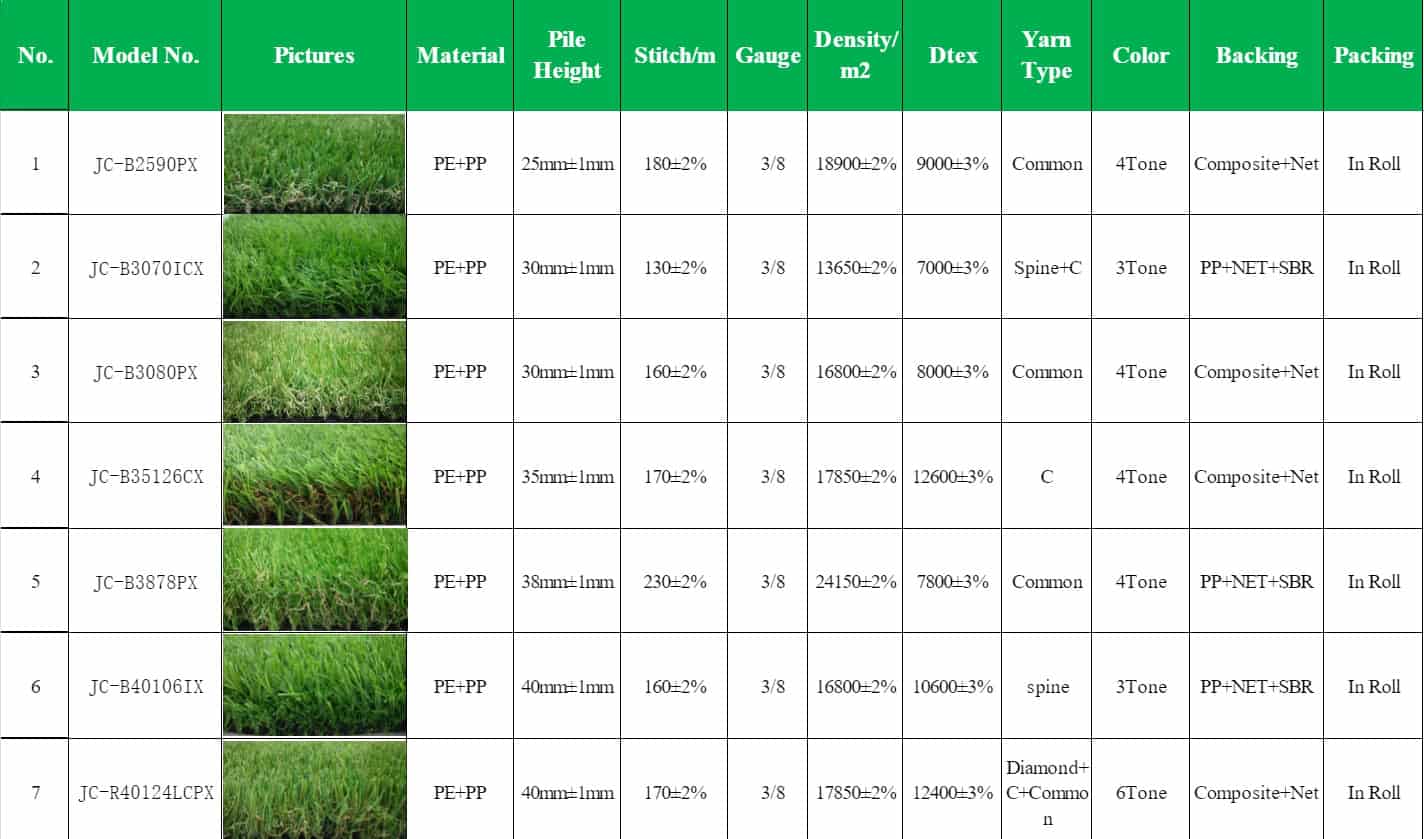The answer is nuanced. While it conserves water and reduces maintenance needs, the environmental impact of synthetic grass cannot be ignored. This article offers an assessment of the pros and cons of using artificial turf. We’ll also explore sustainable alternatives and discuss eco-friendly, non-toxic options for those looking for a greener solution. This guide will provide a clear understanding of the environmental considerations to help you make an informed decision.
Environmental Benefits of Artificial Turf
Artificial turf not only meets the aesthetic and functional needs of modern users but also demonstrates significant environmental benefits.
1. Water Conservation
One of the most significant advantages of artificial turf is its impressive water conservation capabilities. Unlike natural grass, artificial turf requires no irrigation, making it especially important in arid regions.
According to the Synthetic Turf Council, artificial turf sports fields can save up to 1.5 million gallons of water per year. This conservation of water resources not only helps alleviate water scarcity but also addresses the growing challenges of drought.
2. Reduced Chemical Use
Maintaining natural grass often requires the application of pesticides, herbicides, and fertilizers, which can leach into the soil and runoff into waterways, leading to pollution of water resources and the environment.
Using artificial turf eliminates the need for these chemicals, thereby reducing the risk of contamination. This chemical-free maintenance approach not only protects the environment but also provides a safer living space for residents and surrounding ecosystems.
3. Lower Carbon Footprint
Maintaining natural grass lawns consumes energy for tasks such as mowing and watering, with gasoline-powered lawn mowers contributing to air pollution. The U.S. Environmental Protection Agency (EPA) estimates that gasoline-powered lawn equipment contributes to 5% of the nation’s air pollution.
Introducing artificial turf eliminates the need for these maintenance activities, significantly reducing carbon emissions and the overall carbon footprint. By choosing artificial turf, you can enjoy a beautiful lawn while contributing to the reduction of greenhouse gas emissions.
4. Reduced Landfill Waste
While the initial manufacturing of artificial turf may generate some waste, many companies are now implementing recycling programs to repurpose old turf. This practice not only reduces landfill waste but also effectively utilizes resources, promoting sustainable development. It is estimated that over 90% of synthetic turf materials can be recycled.
5. Noise Reduction
Although noise reduction is not a direct ecological benefit, artificial turf can help minimize noise pollution from lawn mowers. This is beneficial for both residents and local wildlife, creating a quieter and more harmonious living environment.
6. Climate Change Adaptation
Artificial turf remains stable in extreme weather conditions, reducing environmental stress caused by climate change. In situations of extreme heat or drought, artificial turf does not wilt, maintaining its green appearance and reducing reliance on water resources. Studies indicate that synthetic grass can withstand temperatures exceeding 150°F without damage, making it a resilient choice in the face of climate change.
7. Maintenance Savings
To sustain a natural grass lawn, one must regularly mow, weed, and fertilize, all of which consume resources like water, fuel, and time. Artificial turf, on the other hand, involves minimal maintenance beyond periodic cleaning. This reduction in upkeep not only saves resources but also lowers long-term environmental costs, making it a more sustainable option in the long run.
Is Artificial Turf More Environmentally Friendly?
YES. Artificial turf can be a more eco-friendly option in areas facing water scarcity, as it removes the necessity for watering, mowing, and the application of pesticides and fertilizers. However, its production involves synthetic materials, and disposal can contribute to plastic waste. While it offers environmental benefits in certain contexts, it is not a perfect solution and depends on factors like usage and end-of-life management.

Environmental Harms of Artificial Turf and How to Deal with Them
Artificial turf has certain advantages, but its environmental hazards must also be seriously considered. Through appropriate methods, the impact on the environment can be reduced and a more sustainable use of artificial turf can be promoted.
1. Microplastic Pollution
Artificial turf is primarily made from plastic, which degrades over time, releasing microplastic particles into the environment. These microplastics can contaminate soil and water, potentially entering the food chain and threatening aquatic life.
Jcturf recommends:
- Opt for our turf products made from recyclable or bio-based materials to reduce microplastic release.
- Implement regular cleaning and maintenance of artificial turf to minimize the shedding of microplastic particles.
2. Urban Heat Island Effect
Artificial turf absorbs and retains more heat than natural grass, leading to increased surface temperatures in urban areas and exacerbating the urban heat island effect.
Jcturf recommends:
- Plant trees and other vegetation around artificial turf areas to provide shade and enhance evaporative cooling.
- Use materials or coatings with high reflectivity to reduce heat absorption.
3. Water Quality Issues
Artificial turf can negatively impact water quality through runoff, potentially carrying pollutants like microplastics and chemicals into water bodies. Infill materials may also leach harmful substances.
Jcturf recommends:
- Design effective rainwater management and drainage systems to minimize runoff and pollutant entry into waterways.
- Use non-toxic, eco-friendly infill materials to reduce the impact on water quality.
4. Manufacturing and Disposal
The production of artificial turf relies on fossil fuels, contributing to carbon emissions. At the end of its lifespan, it is often sent to landfills, creating waste management issues.
Jcturf recommends:
- Support and participate in recycling programs for artificial turf to ensure materials are reused.
- Choose manufacturers, like Jcturf, that commit to sustainable production methods.
5. Habitat Loss
Replacing natural grass with artificial turf eliminates green spaces that provide habitats for wildlife, disrupting local ecosystems and reducing biodiversity.
Jcturf recommends: Plant native species in and around artificial turf areas to attract local wildlife and insects.

Is it worth getting artificial grass?
Yes. Artificial grass can be a great option for those looking to save on water, reduce maintenance, and enjoy a green space year-round. However, one must take into account its environmental consequences, particularly the issue of plastic waste and how it might affect local ecosystems. If you’re in a water-scarce area or need a low-maintenance solution, artificial grass might be a worthwhile investment. However, for those prioritizing sustainability, exploring eco-friendly alternatives could be a better choice.
Alternatives to Artificial Turf
As concerns about artificial turf’s environmental and health impacts grow, many are opting for sustainable alternatives that reduce ecological footprints while offering similar benefits. These options emphasize natural aesthetics, sustainability, and ecosystem health.
Sustainable Artificial Turf
Eco-friendly turf alternatives include bio-based, recyclable, and biodegradable materials. Bio-based turf made from renewable resources, like plant fibers, offers durability without the downsides of traditional synthetic turf. Recyclable and biodegradable options ensure responsible disposal at the end of their lifespan.
Is There a Non-Toxic Artificial Turf?
Yes, non-toxic artificial turf is gaining popularity. Bio-based, non-toxic options use plant-based materials and safer infills, making them better for the environment and human health.
Where is artificial grass banned?
Artificial grass is banned in some regions due to environmental concerns, especially in areas with strict water conservation laws or those affected by excessive heat. For example, certain regions in California restrict its use in water-scarce areas. Additionally, some European countries ban synthetic turf made with non-recyclable materials or harmful chemicals like PFAS. Local regulations vary, so it’s important to check specific guidelines.
Sustainable Artificial Turf Supplier and Manufacturer for Eco-Friendly Lawns
At JCturf, we understand the importance of creating sustainable and environmentally safe spaces. As a leading artificial turf supplier and manufacturer, we are committed to providing environmentally friendly, non-toxic artificial turf options to meet the growing demand for sustainable products.
Our bio-based artificial turf is made from renewable resources, reducing the impact that artificial turf typically has on the environment. Our turf enhances environmental health for people and animals by removing the need for chemical applications like pesticides and fertilizers, and by conserving water resources. In addition, our products are certified by international certifications such as ISO to ensure their safety and durability.
Choosing sustainable artificial turf from JCturf means making a responsible choice for the future. This investment not only benefits the environment, but also improves the quality and safety of the spaces where it is installed.


